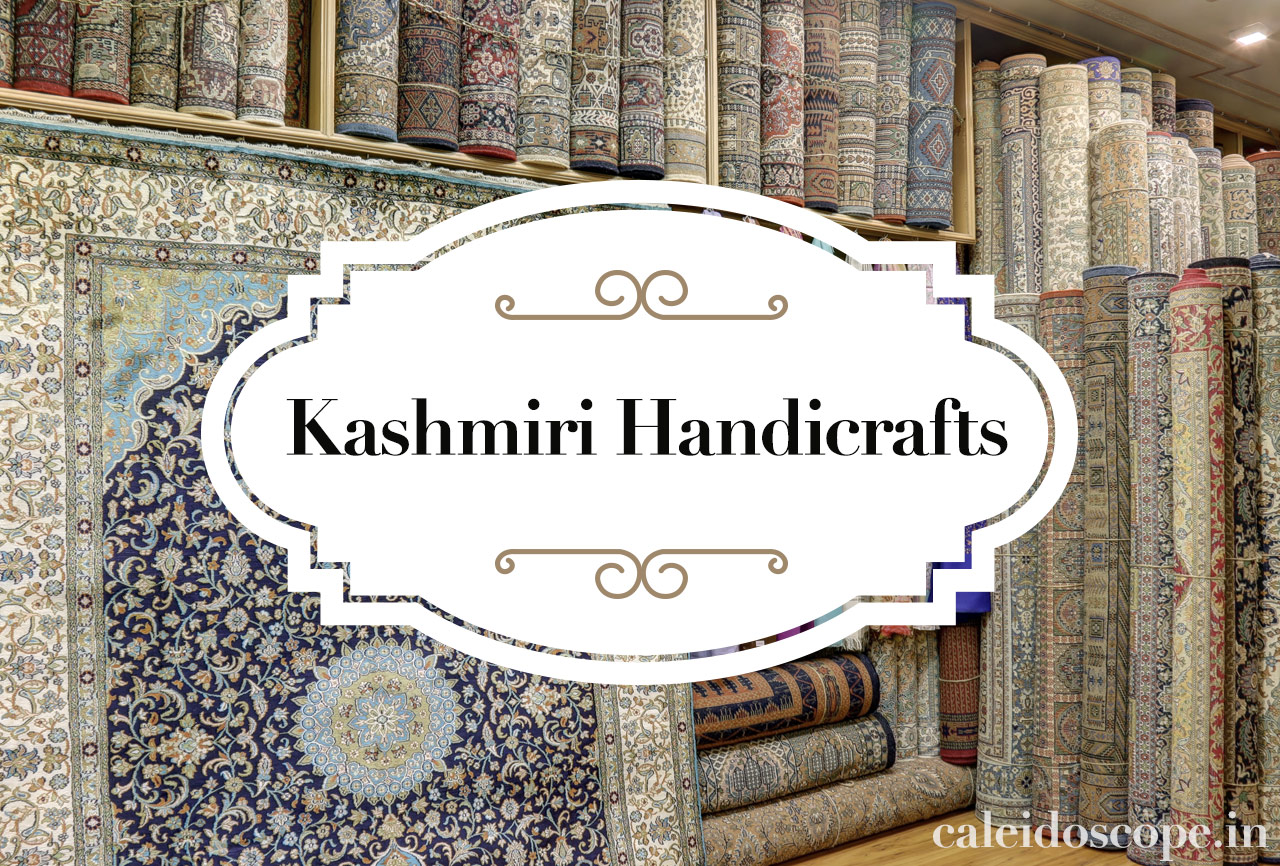Against the backdrop of cutting-edge technology and digital innovations, the timeless artistry of Kashmir has emerged as an unexpected highlight at Indiaís premier convention venue.
The Jio World Convention Centre in Mumbai, currently hosting the inaugural World Audio Visual and Entertainment Summit (WAVES 2025), has transformed a section of its expansive space into a vibrant showcase of Kashmirís centuries-old crafting traditions.
The exhibition, meticulously curated by SWADESH under the Reliance Foundation, has become a cultural touchpoint for international delegates, offering them a tangible connection to Indiaís rich heritage amidst discussions of virtual realities and digital futures.
From May 1 to 4, as more than 10,000 delegates, 1000 creators, 300 plus companies, and 350 plus startups converged from across 90 countries, the Kashmiri handicrafts display has provided a striking counterpoint to the summitís forward-looking agenda.
International visitors have found themselves lingering over intricate carpets and delicate embroidery, drawn by craftsmanship that has survived and thrived through centuries of cultural evolution.
I came to discuss AI advancements but found myself mesmerised by techniques that predate electricity,î said a tech executive from Singapore, who spent nearly an hour examining a particularly intricate Kashmiri silk carpet.
Dominating the exhibition is an extraordinary collection of Kal Baffi carpets, whose origins trace back to the 15th century when Sultan Zain-ul-Abidin introduced the craft to Kashmir from Persia.
The detailed booth information reveals how carpet weaving gradually became embedded in Kashmiri culture, with the term Kal Baffi specifically referring to hand-knotted carpets featuring anywhere from 250 to an astonishing 4600 knots per square inch.
What captivates visitors most is learning about the unique ëTalimí system ñ a rare coded language that master weavers use to translate designs into carpets with exceptional precision.
Display panels explain that creating a single carpet can require six months to several years of dedicated work, often involving multiple weavers working in concert to bring a design to life.
The information provided at the dedicated space allocated for Kashmiri crafts at Jio World Convention Centre on the ground floor features the extraordinary works of two master artisans from Srinagar.
Muhammad Amin Sheikh, 69, represents the pinnacle of Kashmiri craftsmanship with over four decades dedicated to perfecting the art of hand-knotting.
His displayed carpets showcase a remarkable knot density ranging from 500 to 1600 knots per square inch ñ a technical achievement that leaves even engineering-minded summit attendees in awe.
The information panels detail how Sheikh draws inspiration from Kashmirís landscapes while incorporating elements of Persian and Mughal aesthetics.
His work, celebrated globally for its elegance and refinement, stands as a testament to the harmonious blend of technical mastery and artistic vision.
Nearby, the creations of 52-year-old Ghulam Muhammad Sheikh showcase another facet of this living tradition.
With three decades of experience, his carpets reflect a profound connection to Kashmirís cultural heritage.
Working with fine silk and wool, the younger Sheikhís command of diverse design elements ensures each piece embodies the essence of Kashmiri tradition while maintaining its unique character.
The exhibition extends beyond carpets to showcase the extraordinary needle arts of Kashmir.
A section dedicated to Aari and Crewel embroidery explains how ëAari Kaem,í as itís locally known, represents a highly skilled form of needlework characterised by fine, intricate chain-stitching techniques.
Detailed descriptions educate visitors about the specialised hooked needle called ëAarí that allows artisans to create elaborate patterns with remarkable precision and efficiency.
The display highlights how this versatile craft enhances various products, from traditional pherans and shawls to contemporary apparel and home dÈcor, with motifs inspired by Kashmirís abundant flora and fauna.
The work of a female artisan, Sahiba Sameer Pandit from Guzarbal, Chattabal in Srinagar receives particular attention.
The exhibition materials explain how Pandit learned the traditional art of Aari Kaem from her mother and brings over 18 years of experience to her craft.
Her specialisations span multiple embroidery styles, including Janwardaar (animal motifs), calligraphy, Poshkaar (floral motifs), and Raizkaar (paisley motifs), alongside contemporary designs that bridge traditional techniques with modern aesthetics.
Beyond showcasing artistic excellence, the exhibition underscores how these traditional crafts contribute significantly to Kashmirís socio-economic fabric by sustaining local craftsmanship and empowering artisan communities.
For many international delegates attending the Global Media Dialogue segment of the summit, which includes ministerial participation from 25 countries and representation from over 60 nations, this cultural showcase provides insight into how traditional arts can remain economically viable and culturally relevant in the digital age.
As the WAVES 2025 summit positions India as a global hub for media, entertainment, and digital innovation, the Kashmiri crafts exhibition serves as a reminder of the countryís unbroken artistic traditions.
The juxtaposition of centuries-old handicrafts alongside discussions of emerging technologies creates a powerful narrative about Indiaís unique position at the intersection of heritage and innovation.
For the thousands of delegates navigating the vast convention centre, the Kashmiri exhibition offers more than a momentary cultural diversion ñ it provides a tactile connection to artistic traditions that have weathered countless technological revolutions while maintaining their essential character and cultural significance.
As the four-day summit concludes on Monday, many international visitors will depart with memories not just of Indiaís technological aspirations but of the extraordinary human creativity embodied in these Kashmiri masterpieces ñ silent ambassadors of a cultural legacy that continues to resonate across borders and generations.

